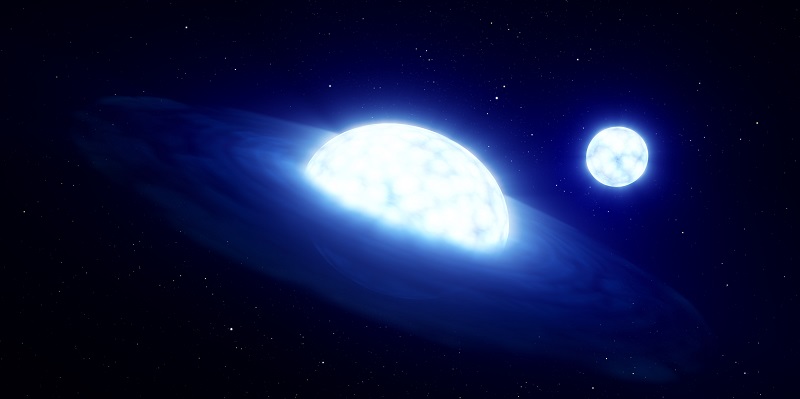
A ground-breaking new discovery by University of Leeds scientists could transform the way astronomers understand some of the biggest and most common stars in the Universe.
Research by PhD student Jonathan Dodd and Professor René Oudmaijer, from the University’s School of Physics and Astronomy, points to intriguing new evidence that massive Be stars — until now mainly thought to exist in double stars — could in fact be “triples.”
The remarkable discovery could revolutionise our understanding of the objects — a subset of B stars — which are considered an important “test bed” for d...
Read More







Recent Comments